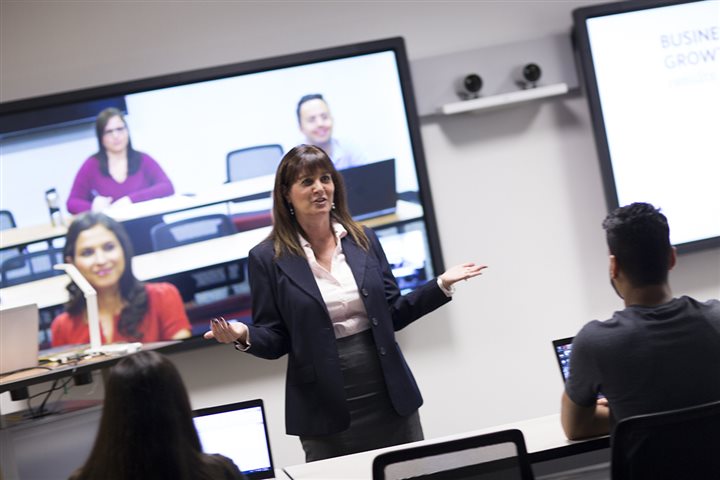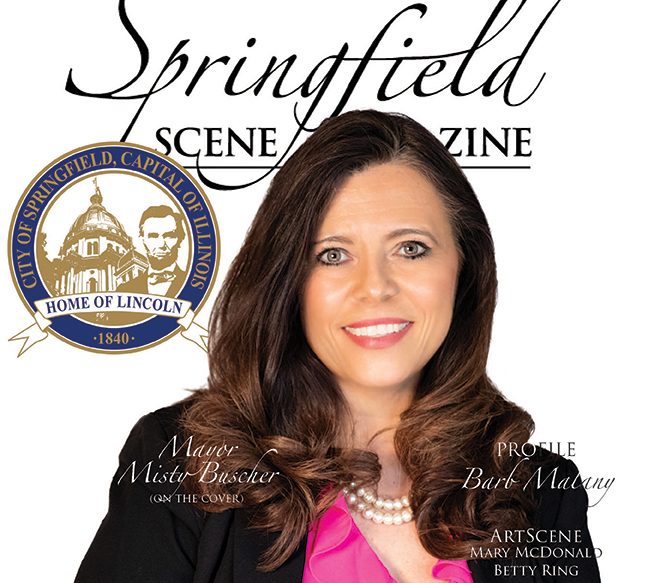(BPT) – The face of education in the United States is changing. Many of today’s universities are embracing digital technology to deliver instruction in ways not available to previous generations. We have seen the digital instruction methods evolve from the use of learning aides such as computers, digital projectors and DVD players to online learning, which allows students the flexibility to tackle their coursework at a time and pace that works best for them.
Some advanced technologies can seamlessly link two or more classrooms for simultaneous instruction, ultimately expanding student access to courses and professors to participate together in one synchronous learning experience. An innovative classroom format can instill important virtual collaboration skills and encourage interaction with tools like remote wireless content sharing and two-way whiteboard displays, as are found in DeVry University’s extended classrooms.
Addressing the evolving needs of today’s student
Video-connected classrooms are generally equipped with voice-activated motion cameras, facial-recognition software, high-definition wide-screen monitors – complete with picture-in-picture views, desktop cameras and interactive two-way touch-screen whiteboards. This technology is designed to help students learn and interact with their fellow classmates no matter where they are taking the class.
DeVry also recently launched its new video connected classroom technology that seamlessly links 23 DeVry campus locations for simultaneous instruction – depending on the program, course and extended classroom availability. “Our students tell us they appreciate having a variety of courses available, and taught in ways that fit their schedules and preferences,” said Robert Paul, president of DeVry University. “The connected classroom technology allows students to have real-time visual interaction with faculty and fellow classmates. These high-tech classrooms exemplify our investment in academic experiences that are collaborative yet personalized, with student engagement at the core.”
Preparing for a digital future
DeVry’s extended classrooms are just one example of technological innovations taking place in the classroom setting. Over the next year, the university plans to invest heavily in technology to enhance the student experience by offering these additional on-campus capabilities:
* Tech playgrounds at select campus locations throughout the country, putting students in touch with innovative technology in imaginative settings.
* Hardware and software upgrades, including adding thousands of new computers in campuses nationwide, to revitalize existing desktop stations and network labs.
* Internet bandwidth increases to improve wireless capabilities and provide a faster, more seamless learning experience.















